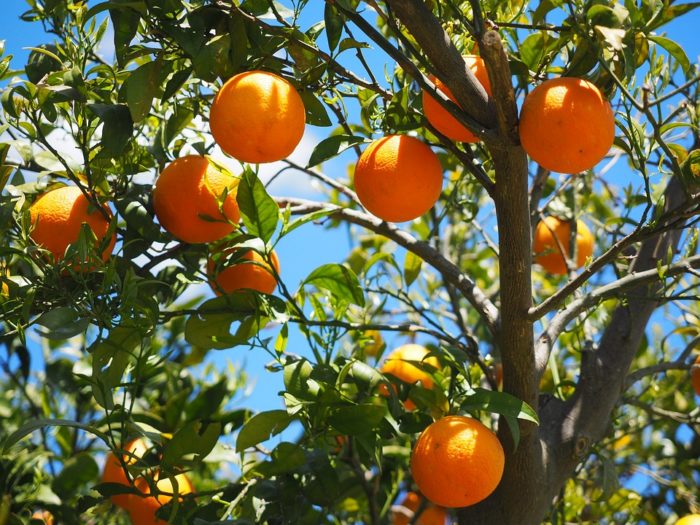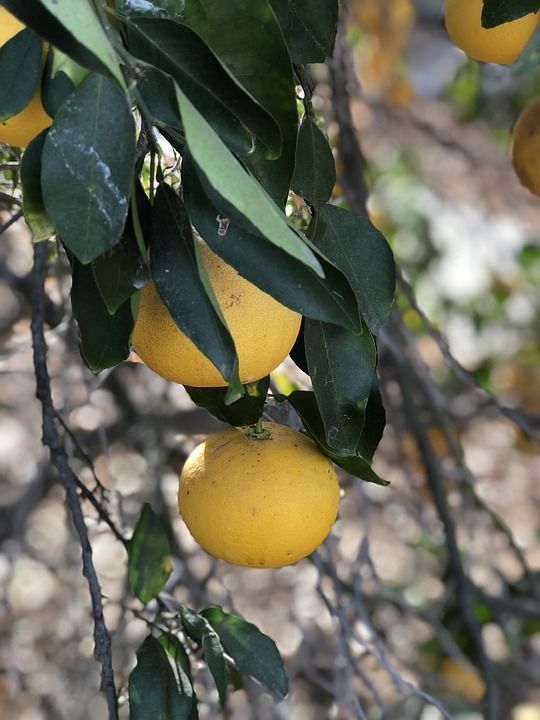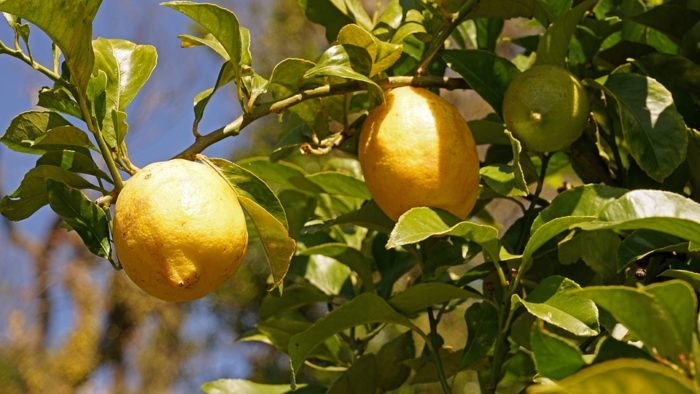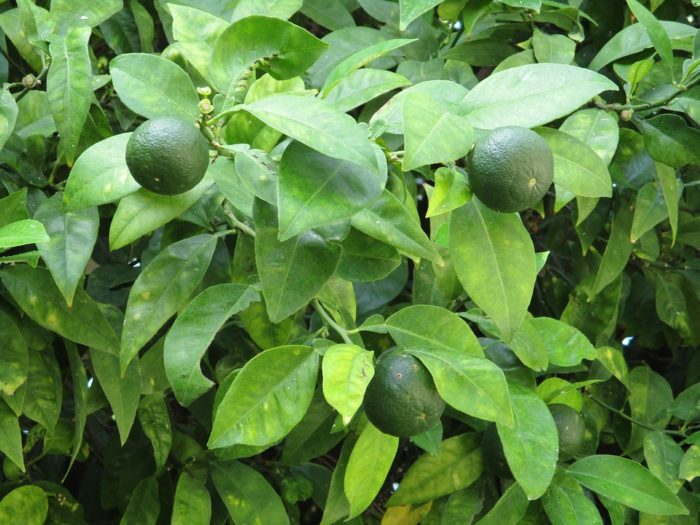Citrus in the Desert
With its cool evenings and warm days, the desert can be an ideal home for citrus

Growing citrus in the desert can be a challenge for some of us, but by choosing the right variety for your area, you too can have a bountiful citrus harvest!
With its cool evenings and warm days, the desert can be an ideal home for citrus. In fact, Arizona is one of four states in the United States that can commercially grow citrus, along with California, Florida, and Texas.
The hardiest citrus to grow in the Southwest are kumquats (Citrus japonica), mandarins (Citrus reticulata), and grapefruit (Citrus × paradisi), followed by oranges (Citrus × sinensis), lemons (Citrus limon), and limes (Citrus × latifolia). All are hardy in Zones 9–11. Since we are suckers for anything that can be popped into a cocktail, let’s focus on grapefruit, lemons, and limes.

Grapefruit are cold hardy, whereas lemons and limes can be more frost tender, so it’s important to know your area before planting. Grapefruit fall into two main categories: white and red. While neither is sweeter than the other, the key is to allow the fruit to mature properly on the tree. ‘Duncan’ is one of the oldest white varieties, but it’s quite seedy, so we prefer seedless ‘Marsh’. If red is more your speed, try ‘Rio Red’, which can be eaten on its own or juiced for the perfect mixer. The skin of ‘Rio Red’ will eventually deepen to a beautiful marbled orangey-red.

Our favorite lemon is ‘Lisbon’, a medium-size, smooth-rind lemon that grows well in the desert winter. Another variety is ‘Eureka’, which is a bit smaller than ‘Lisbon’, has rougher skin, and has a smaller nipple. ‘Eureka’ is a thornless tree, which is appealing, although the tree can be more frost-sensitive than ‘Lisbon’. Both varieties make great additions to any meal, cocktail, preserve, and dressing.
We’d also like to note that, according to the University of Arizona, the ever-popular ‘Meyer’ lemon was once illegal in Arizona, due to the citrus tristeza virus (CTV), a citrus virus that it carried decades ago. Fortunately, there is now an ‘Improved Meyer’ that the Arizona State Department of Agriculture ensures is virus-free. The ‘Improved Meyer’ is a sweeter and less acidic version of a traditional lemon.

Mexican limes, also known as key limes (Citrus aurantifolia, Zones 10–11), are small, sweet little nuggets of joy. These limes are ideal for baking, cooking, juicing, and most importantly, margaritas. Mexican limes can be very frost sensitive, so be sure to plant yours either in a pot that can be moved for protection from the elements, or close to the house if you’re in a colder region of the Southwest.
Most importantly when growing citrus, water them deeply and allow the soil to dry out between waterings. Surround your citrus trees with a healthy layer of organic mulch, and be sure to fertilize three to four times a year with an organic, time-release fertilizer.
—Sheila Schultz and Laurel Startzel are a mother-daughter duo who founded Denver Dirty Girls Container Gardening while living in Denver, Colorado and have continued their business since moving to Tucson, Arizona.






Comments
Log in or create an account to post a comment.
Sign up Log in